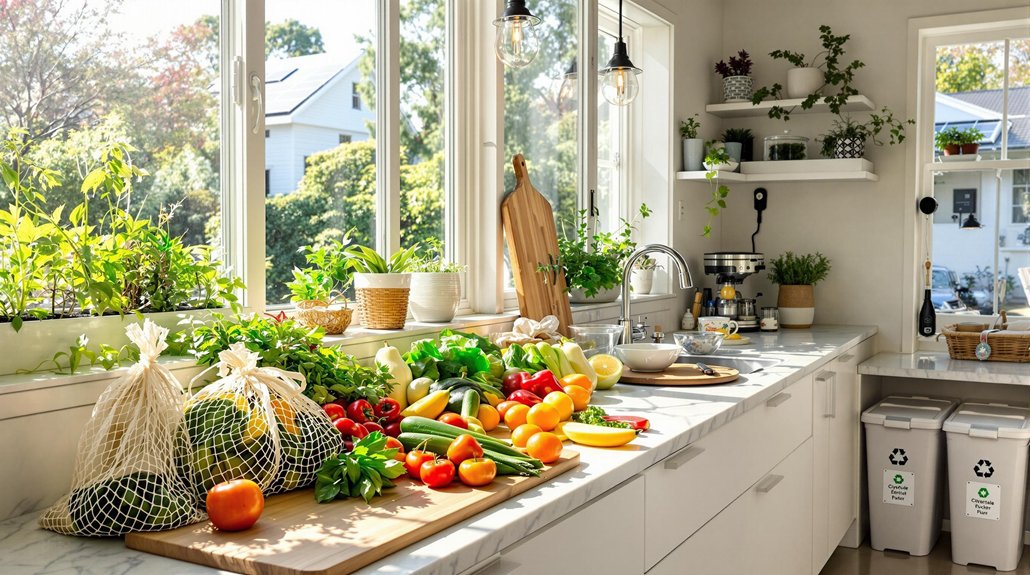Everyday sustainable choices are making a significant environmental impact. 85% of people now experience climate change directly in their lives. Consumers are responding through food choices, with 52% planning to eat more produce and 22% reducing red meat consumption. Transportation habits are shifting, with 24% considering electric vehicles. Waste management remains challenging, as Americans generate 4.5 pounds of trash daily. Simple actions like LED bulbs can reduce energy use by up to 80%. These small decisions add up.
As climate change impacts daily lives across the globe, consumers are increasingly making sustainable choices to reduce their environmental footprint. A striking 85% of people report experiencing climate change in their daily lives, prompting many to take action through their purchasing decisions and lifestyle habits.
Food choices represent a significant opportunity for environmental impact. Food accounts for 10-30% of a household’s carbon footprint, with production responsible for 68% of these emissions. Consumers are responding by planning to eat more fruits and vegetables (52%) and less red meat (22%). They’re also willing to pay nearly 10% more for sustainable food products. About 32% of consumers are changing dietary habits specifically to reduce their environmental impact.
Food choices offer powerful climate action potential, with consumers increasingly choosing plant-based options and paying premiums for sustainable products.
Transportation habits are shifting too. While Americans once traveled 6.5 times more miles in 2004 than in 1950, 31% now report changing travel habits for environmental reasons. The U.S. had 779 motor vehicles per 1,000 people compared to just 12 in China. Today, 24% of consumers are purchasing or planning to buy electric vehicles.
Waste management shows room for improvement. Americans generate 4.5 pounds of trash daily per person but recycle only 1 pound. U.S. trash production doubled between 1960 and 2005, reaching 167 million tons. Still, 40% of consumers now evaluate sustainability through production methods and recycling practices.
Energy use has nearly tripled since 1950, but solutions exist. LED bulbs can cut lighting energy by 75-80%, while addressing standby power could reduce residential electricity use by 5-10%. Americans also use 75% more water than the average in developed nations. Many homeowners are now investigating solar installation costs which have been declining while efficiency improves annually.
Shopping habits reflect growing environmental awareness. Consumers seek eco-friendly packaging (38%), while 70% research company reviews before buying. However, sustainable clothing options remain inaccessible for many as green products typically cost almost 50% more than conventional alternatives. Most shoppers (80%) are willing to pay more for sustainably produced goods, and 43% make more considered purchases to reduce overall consumption.
These shifts in daily habits show how individual choices collectively contribute to environmental protection, even as consumers balance sustainability with other priorities like health, convenience, and cost.




